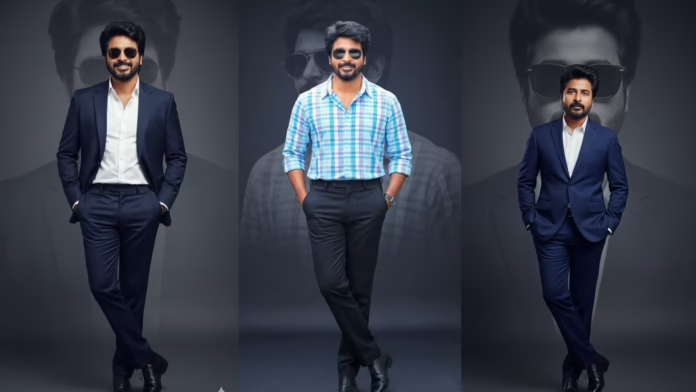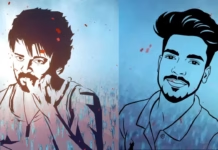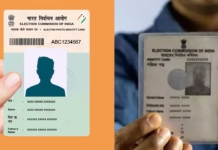Rethinking the Composition Canvas
In traditional editing, photographers often crop or reframe an image to emphasize the subject. But with AI-powered tools, you can expand your background beyond the original frame. The idea is to give your subject more “space to live” and to transform a simple portrait into a dramatic environment. The challenge lies in extension: the app must convincingly generate new background areas without betraying repetition or odd seams.
How AI Breathes Life into Expanded Backgrounds
Today’s AI models leverage generative techniques to extrapolate background content. They infer texture, perspective, lighting gradients, and ambient details, extending skies, walls, or scenery beyond what the camera captured. The goal is a seamless continuation—trees growing naturally, architecture aligning in vanishing perspective, clouds softening at the edges. The trick is avoiding overly synthetic “pattern repeats.”
Isolating Your Foreground with Neural Precision
The next step is foreground extraction. The AI must mask your subject—person, animal, object—down to hair wisps, translucent fabrics, or semi-transparent glasses. That requires neural matting and fine-edge segmentation. A robust AI app will recognize soft boundaries and semi-opaque regions, preserving realism when placing the foreground over the enlarged background. Errors at edges break the illusion.
Lighting Harmonization between Foreground and Extension
Even if the background extension is perfect, it won’t look real unless lighting matches. Shadows, highlights, color temperature, and ambient reflections must adapt. A capable AI will analyze both original foreground lighting and the target background’s lighting style, then adjust foreground brightness, contrast, and shadow falloff so that the composite feels unified—not pasted. Mismatches here shatter the realism.
Depth, Focus, and Blur for Realism
To further cement realism, the AI applies depth-of-field effects correctly. The foreground subject might stay sharply in focus while the enlarged background gently blurs with increasing distance. This mimics how real-world optics behave. The app must judge spatial layers and simulate subtle bokeh or atmospheric haze. The result: a three-dimensional feel, not a flat collage.
Color Grading & Tonal Cohesion
Once the pieces are in place, the AI does a final color grade across the full image. Shadows and midtones are subtly balanced, ambient color casts unify, and contrast is nudged to ensure the scene reads as one image. This tonal consistency helps prevent foreground and background from looking like mismatched photographs. It’s a final “glue” that binds the composition.
Iterative Refinement with Prompt or Brush Tools
Good AI apps don’t force you into a single result. You refine. You might brush over areas to tell the AI “redo here,” or shift lighting direction in a region. You might prompt changes: “make sky darker,” “add fog,” or “soften edges.” The app re-renders locally or globally based on feedback. This iteration brings creative control back to you, enriching instead of replacing intuition.
Addressing Common Pitfalls
Even with powerful models, AI sometimes misinterprets textures, duplicates elements unnaturally, or leaves halos. Foreground edges may look overly crisp or “floating.” Lighting direction might flip unintentionally. To catch these, always zoom in, inspect seams, and adjust mask boundaries. Use manual corrections sparingly when needed. The AI is a partner, not a perfection guarantee.
Choosing the Right AI App
Not all AI tools are equal. Some prioritize background generation (e.g. Pixlr’s AI Backdrop)
Pixlr.com – Creative AI suite
, while others focus on removal or masking. Some are geared toward portrait work, others product shots. You want an app that supports background extension, foreground matting, lighting harmonization, and user feedback tools in one flow. Test a few, compare output, and see which one “feels” intuitive.
Workflow Example in Practice
Imagine you start with a portrait in a narrow garden corridor. In the AI app, you tell it to expand the corridor into a lush forest. The AI generates the forest textures, tree trunks, dappled sunlight. Then it extracts your portrait, preserves skin tones, edges of hair. It adjusts the lighting to match the forest scene. You refine with prompts, maybe darkening shadows under trees. You inspect edges, soften or sharpen as necessary. Finally you export a cohesive image—with foreground and background indistinguishable as com posited parts.
Ethical and Creative Considerations
With such capability comes responsibility. When backgrounds are invented, you must consider authenticity. Are you misrepresenting a place? Do you disclose that the image is composite? Creatively, resist overediting. The strongest images still preserve a sense of authenticity; the AI should amplify your vision, not replace the soul of your photograph.
Emerging Research Behind the Scenes
Research papers like Auto-Retoucher (ART) tackle background replacement + semantic cohesion by jointly evaluating foreground placement and background plausibility.
arXiv
Other GAN-based techniques like EditGAN let users edit via semantic masks for parts (e.g. car headlights) while maintaining global consistency. These advances underpin the apps you now use on your phone or desktop.
Promp
A stylish young man wearing a same dress in a photo, standing confidently with hands in pockets, one leg crossed over the other, wearing black formal shoes, studio portrait with soft lighting, elegant dark background, cinematic look, professional photo editing, a large faded background portrait of the same person in black sunglasses behind him, luxury fashion style, premium magazine photoshoot vibe.” Same face as the uploaded image.
Matching Human Judgment with AI Capability
In the end, the AI delivers raw materials—it’s your perceptual judgment that ensures the final image convinces. You judge whether lighting “feels right,” whether shadow direction works, whether the horizon aligns naturally. You might reject an AI-generated extension because it “feels off,” and nudge it again. That synergy—your eyes plus AI’s horsepower—is the craft of modern image editing.





